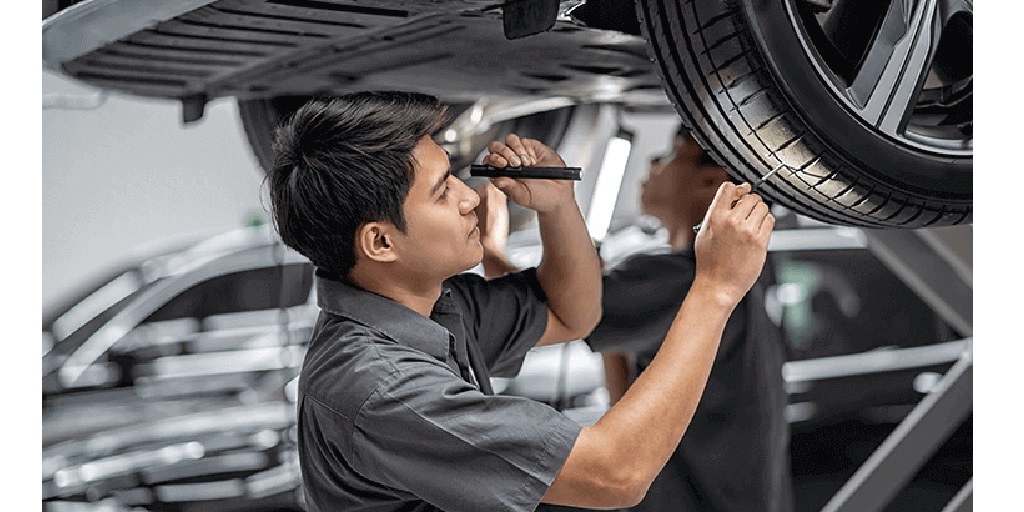Being a status symbol is not the only purpose for owning a car. If you are not driving your car regularly, it is easy for your automobile to get divorced from its mechanics. To make it less likely to see a dead battery or a host of other issues, it is necessary that you drive your car at least once in every two to three weeks. A car that is made to sit parked for many weeks could have resulted in several issues that could also be expensive.
Quite a many people are seen claiming that they keep their cars parked idly in the garage and they do not face any problems. However, experts advice to drive your car at least once in a fortnight for around 10 miles minimum and with speeds more than 50 mph whenever and wherever possible. Your car also needs some exercise and completely warming up your engine in frequent intervals is necessary to keep it in good condition.
Is it enough to keep the car idling after starting it?
Letting the car idle for around 10 minutes can help get the engine to normal operating temperature. However, this can do nothing more than that. Only when the car is driven for several miles, the transmission wakes up providing enough exercise for the suspension, brakes, climate system and power steering. The gaskets, seals, and fluids that have been on a long snooze will also get to wake up.
While a car sits idle, batteries lose their charge. If you start a car after keeping it sit in the garage for a while can drain the battery even more. So, it is recommended that you drive the car for several miles to give a chance for the battery to get recharged. If the car has remained idle for around a month or more, the battery might have lost so much power that it will require a jump start or a charge before the engine can start. Keeping the car batteries topped up consistently will contribute to their longevity.
What can happen to it if your car sits for many weeks
- If the car sits without moving for several weeks, the tires can lose air. While this happens during any condition, it is most common during winters. Since the weight of the car keeps pressing the tires down, the segments sitting on the ground will develop flat spots. When you add air or drive the car once again, the tires will get round once again, but if the vehicle sits on underinflated tires for extended periods of time, permanent flat spots may result, which you might feel and hear while driving.
- Ion the hoods and exhaust outlets, rodents might take up shelter. When they are hungry, some of them may even munch the wiring harnesses and the other parts that are made of soy or other kinds of organic materials.
- If the gas or oil tank is not full, it can collect moisture and can lead to corrosion.
Take away
If you need to get back your car to a good shape or if you want to avail of quality services across repair and maintenance needs, contact reliable auto repair services.



